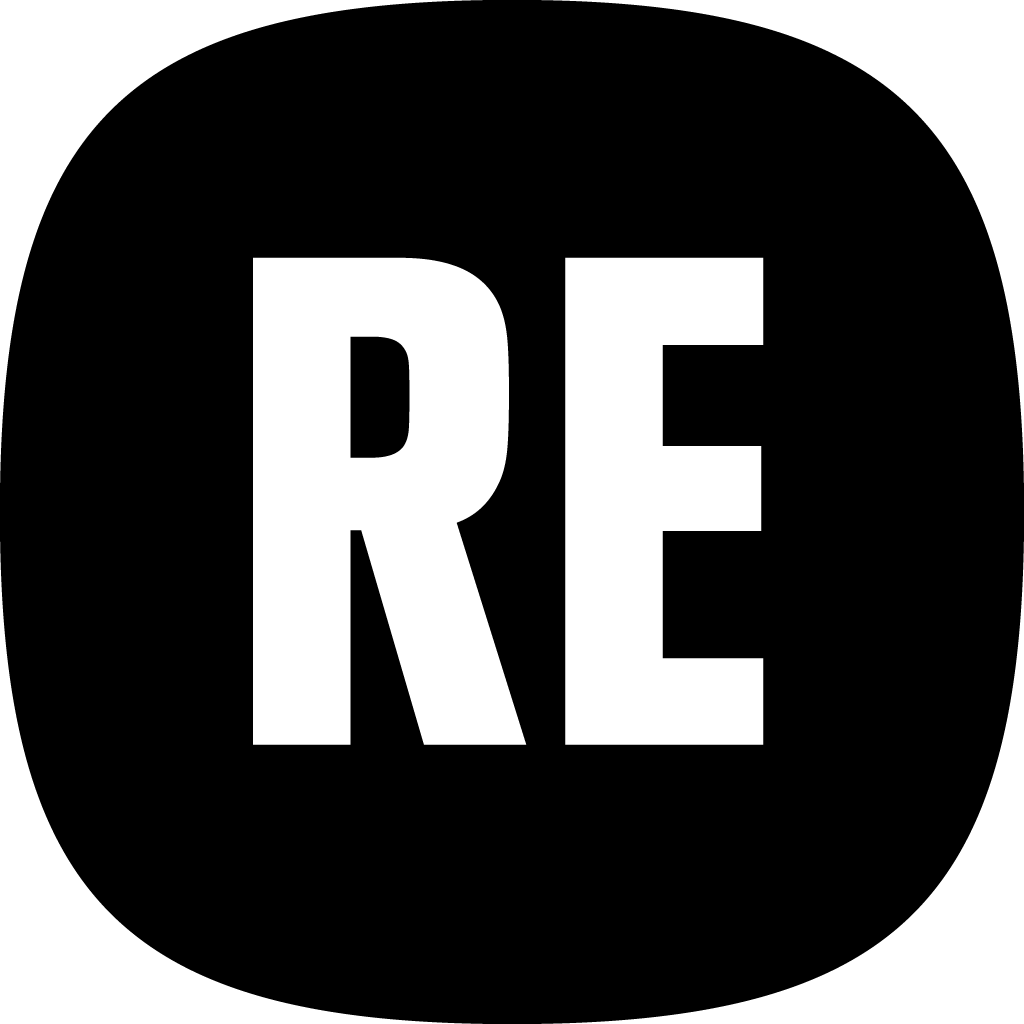Recognising Opportunity
Where should the impulse for exploring Participatory Business Models for Cultural Heritage come from?
Your organisation might already have an activity that relies on a business model that needs revision, or you are looking for ways to strengthen it by involving other stakeholders
You might have an idea for a new service - for instance, an online gift shop or an educational service - that needs a sustainable business model
Your organisation’s strategy has identified a specific impact area - for instance, find ways to support local artists better - and you are in the process of brainstorming ideas on how to realise it
You identified a specific challenge, like anti-social behaviour in a museum garden, that requires novel approaches and access to resources you currently do not have
This starting point defines the scope of the challenge you will focus on in your Living Lab or your application of the Participatory Business Models for Cultural Heritage.
From here, you can start brainstorming and create a mind map with potential ideas. The point of this exercise is not to find the exact solution but to identify potential areas of investigation and stakeholders who could help you turn these ideas into an actionable plan.
Based on this mind map, you can start filling out the Participatory Business Models for Cultural Heritage Canvas with your initial ideas. Some sections might remain empty, or you might fill them with questions that need to be answered as you conduct your Living Lab.
Looking at your initial Participatory Business Models for Cultural Heritage Canvas, think about which of the participatory business models could provide suitable solutions for your problem. You don’t need to commit to a particular model just yet, but this will be a helpful starting point for your conversations with stakeholders.
How to Approach the Living Lab Workflow
During the RECHARGE project, there were nine living labs in total with distinct social, cultural, political, and financial contexts. Sections 1-5 of this playbook guide key workflow areas of each of the Living Labs. However, the implementation and order in which you initiate each area should be customised to your specific needs, resources, and existing work context.
Designing a Participatory Cultural Business Model is rarely a linear process. It requires experimentation, reflection, and iteration. The workflow diagram following this page, developed through this project, offers a cyclical overview of how you can move from identifying a challenge to co-creating sustainable, participatory solutions—and back again when needed.
Each stage of the workflow builds on the previous one, with explicit checkpoints during co-ideation and while developing your participatory business model. When an output is produced, the team pauses for a short reflection cycle to decide whether to move forward or to return to an earlier stage—for instance, to refine their action plan or update stakeholder management.
As you move forward, co-creation workshops help transform broad ideas into concrete plans, while KPIs support impact measurement and continuous adaptation. Importantly, the final step isn't the end—it's an invitation to reflect, iterate, and renew the cycle based on real-world feedback, changes in stakeholder needs, or new opportunities that arise.
The following diagram visualises this adaptive, participatory workflow, with each phase colour-coded to follow the playbook.

Share